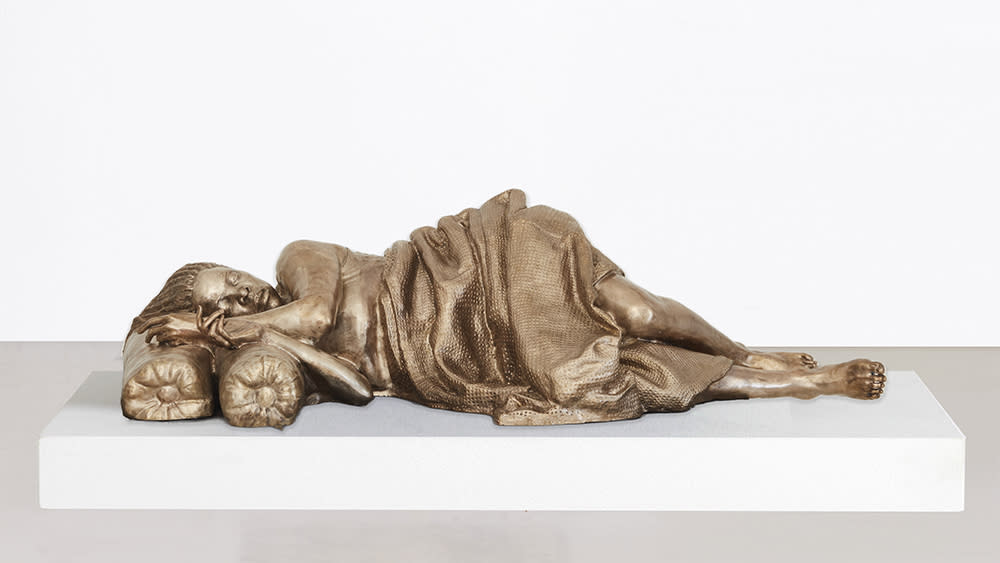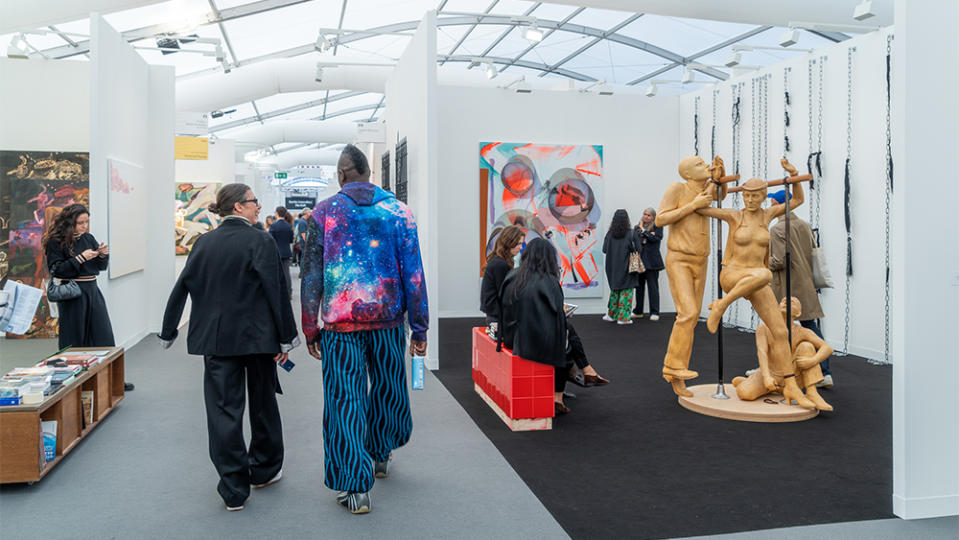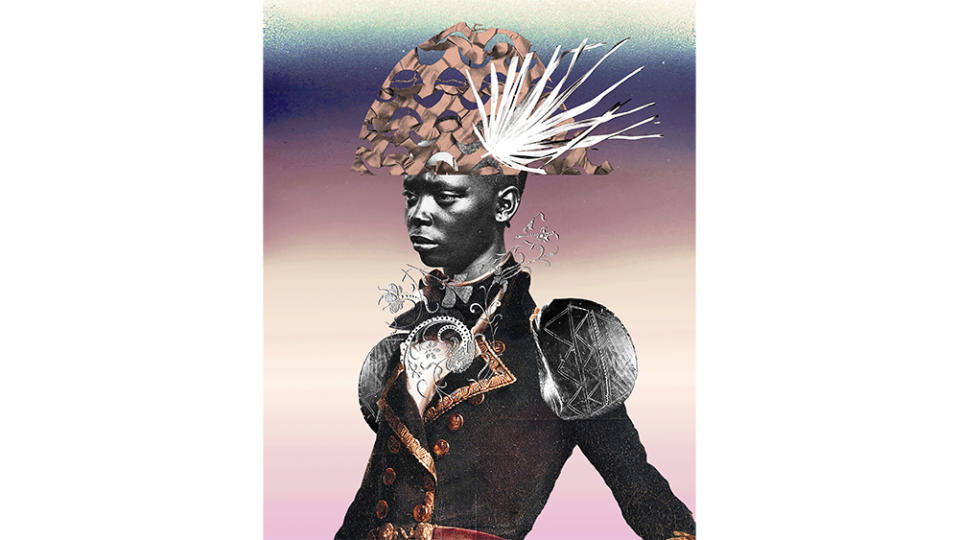Paris’s Art Scene Is Buzzing With New Energy. Here Are the Must-See Shows This Fall.

Above: Zanele Muholi, Muholi V, bronze, 2023, a version of which will be part of an exhibition mounted by Paris+ and the Louvre in the Tuileries Garden
Paris has long been the repository of a staggering art trove, but those treasures have tilted toward centuries past, when the city was the center of gravity for painters and sculptors. Aspiring Manets and Picassos redirected their dreams to New York, Los Angeles, London, or Berlin decades ago, and collectors followed. But in recent years, the City of Light has reemerged as a beacon for the new.
More from Robb Report
In the wake of Brexit and the recent French wealth boom—the country now has a higher proportion of millionaires than anywhere save China and the United States—international galleries have flocked to the Right Bank’s elegant Avenue Matignon and the cool, narrow streets of Le Marais. Private art foundations, enriched by luxury powerhouses, have filled the void left by state-funded institutions: Billionaire François Pinault’s Bourse de Commerce has brought edgy work, such as the Mike Kelley retrospective opening in October, practically a stone’s throw away from the Louvre; Fondation Cartier is planning a move from its Left Bank quarters to the spacious Louvre des Antiquaires next year; and Fondation Louis Vuitton has turned the lovely (if off-the-beaten-track) Bois de Boulogne into a destination with crowd-pleasing shows including this year’s Warhol x Basquiat. Painting four hands. Established artists are setting up studios in the city, and young ones are finding space on the outskirts rather than fleeing for cheaper locales.
It has all given the city a renewed energy, which the Art Basel organization both capitalized on and cemented with the introduction of Paris+ par Art Basel in the Grand Palais Éphémère last year. The second edition opens October 18. Though France is next door to the host country of the original fair, Paris+ director Clément Delépine says the opportunity was too enticing to ignore, particularly given the capital’s strength across fashion, cinema, music, and design. “The idea was not necessarily to expand geographically, but to work on a format that could be more than just an art fair and function as a true cultural agent, connecting different creative industries,” he says. In the field of fashion, for instance, Paris+ may spotlight artists who use garments as a medium or designers who consider their creations works of art.

The limitations of the Grand Palais, intended to be temporary when it was built for the 1900 Universal Exposition, mean that it can hold only 154 booths, compared to Art Basel Miami Beach’s 292—and “the largest booth in Paris is the smallest in Miami,” notes Delépine. But booth size is not indicative of the country’s status as an art market, which he says is booming: “Over 50 percent of the art transactions in the European Union happen in France.”
Plus, Paris has a certain je ne sais quoi that makes up for such inconveniences, luring collectors from everywhere, which is one reason gallerist Mariane Ibrahim elected to open on Avenue Matignon in 2021. “We see people we would not normally see in Chicago,” she says, referring to her gallery’s flagship location. “A lot of Americans—and I’m not taking offense—prefer to go to Paris than Chicago, and that’s probably where we will build those relationships.”
Enthusiasm for contemporary art has spread to some of the city’s most revered landmarks. When Paris+ is in town, for instance, Raphaël Barontini will become the first artist of African descent to show at the Panthéon, the grand 18th-century mausoleum where Victor Hugo, Marie Curie, and other national luminaries are interred. Ibrahim, Barontini’s gallerist, notes that the installation, titled We Could Be Heroes, questions who has been omitted from the monument. “It is a way to reconnect with illustrious characters from the West Indies who fought against slavery and have not received military recognition for that,” she says.

Raphaël Barontini, Sanité Belair, silkscreen on canvas and fringes, 2023, which will be shown at the Panthéon.
Even the hallowed halls of the Louvre, arguably the world’s premier heritage museum, are getting a refresh. It may not have contemporary exhibitions, per se, but it does have polymath scholar Donatien Grau, who serves as head of contemporary programs and has drawn up a list of interventions, or ways modern-day creators can engage with the past. Grau invited Elizabeth Peyton and Kader Attia, both of whom credit the Louvre for artistic epiphanies, to be the inaugural participants in Les Hôtes du Louvre this fall; they will have studios at the museum and collaborate with the staff on various projects for 18 months. And in early 2024, Luc Tuymans will arrive for an unusual residency: The acclaimed Belgian artist will paint a Louvre rotunda. “The works will be presented for a year and a month, and then they will be covered and become part of the archaeology of the museum,” says Grau.
Delépine says the shift in the City of Light is a generational one, as younger cohorts grew up with a humbler view of France’s place in the world—and the new attitude has touched more than art. “The city is much more welcoming than it used to be. I remember Paris in the late ’90s being hostile,” he says. “If you were a vegan in Paris in 2001, it was an absolute nightmare. It’s not the case anymore. If you only speak English, you used to be rebuffed.” Delépine says with a smile. “You still are, but in a less aggressive way.”
Best of Robb Report
Sign up for Robb Report's Newsletter. For the latest news, follow us on Facebook, Twitter, and Instagram.

